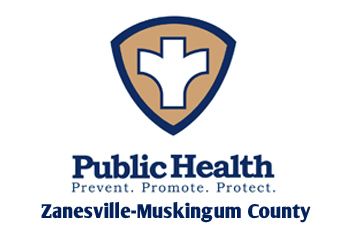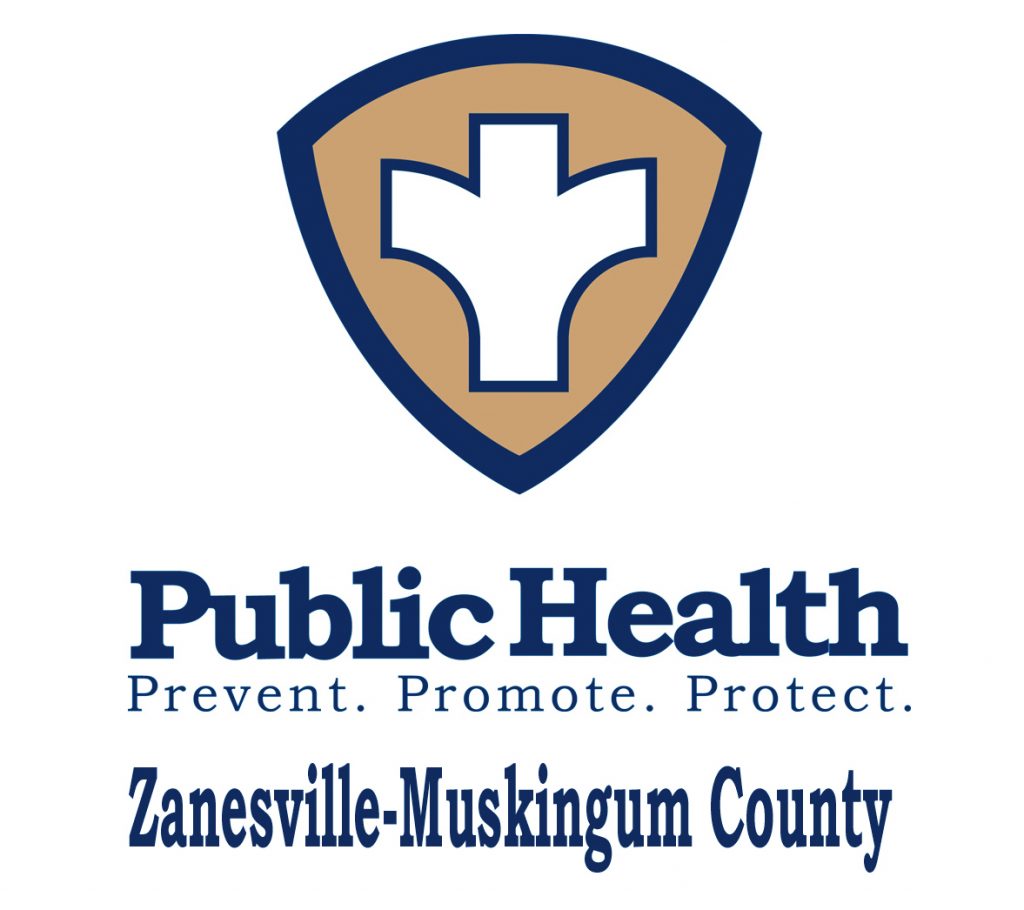What is Cottage Food?
A “Cottage Food Production Operation” is defined in Chapter 3715 of the Ohio Revised Code to mean, a person who, in the person’s home, produces food items that are not potentially hazardous foods, including bakery products, jams, jellies, candy, fruit butter, and similar products specified in the rules. These foods must be labeled properly, or they will be considered misbranded or adulterated.
Do You Need a License?
No. A license and inspection are not required for a Cottage Food Production Operation. These operations are subject to food sampling conducted by the Ohio Department of Agriculture to confirm whether a food product is being misbranded or adulterated.
Labeling Requirements
A “Cottage Food Production Operation” is required to label all their food products properly, which include the following information on the label of each unit of food product offered or distributed for sale:
- Statement of Identity
- Net Quantity of Contents
- Ingredient List
- Statement of Responsibility
- The following statement in ten-point font: “This Product is Home Produced.”
If the product includes a major food allergen, the “Contains” statement must be immediately after or adjacent to the ingredient statement. The major food allergen groups are milk, eggs, fish, crustacean shellfish, tree nuts, peanuts, wheat, and soybeans. The type of tree nut, fish, and crustacean shellfish must be declared.
See the ODA Fact Sheet for an example on labeling cottage foods.
Where Can You Sell Your Cottage Food Products?
- Must be sold in Ohio.
- Directly from the home to the consumer.
- Sold through licensed grocery stores, registered farmers markets, and sold or used in preparing food in a licensed restaurant.
- May be sold at festivals, if the event is organized by a political subdivision of the state and lasts for no more than 7 consecutive days.
Links

